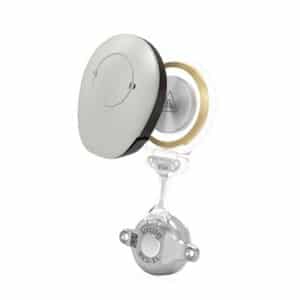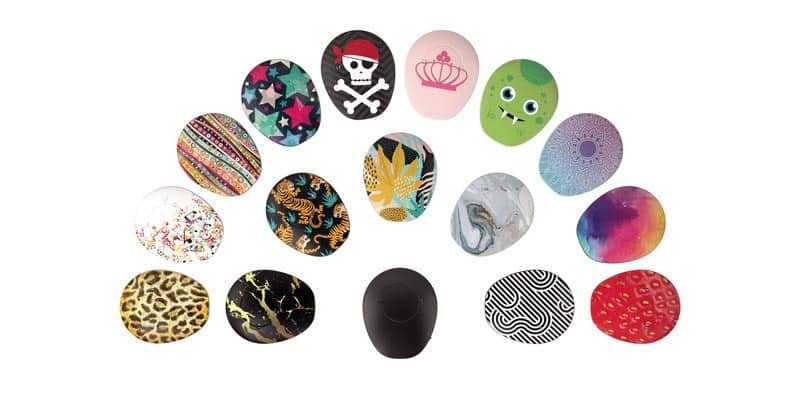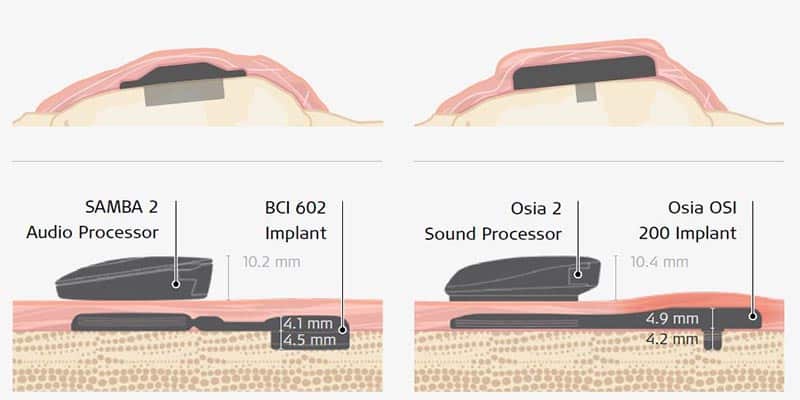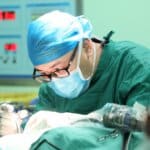Which Active Bone Conduction Implant: BONEBRIDGE and Osia Compared

If you have conductive or mixed hearing loss, sounds can’t reach your inner ear effectively. Enter bone conduction implants. They pick up the sounds around you and send the vibrations directly to your inner ear, skipping the damaged parts. But not all bone conduction implants are created equal.
Take bone-anchored hearing aids (BAHA) implants. They leave a metal screw sticking above your skin and an open wound that requires regular skincare. Magnetic BAHAs meanwhile, use strong magnets that put a lot of pressure on your skin. And then there are active transcutaneous bone conduction implants. These are placed fully under the skin for better comfort and natural sound quality.
Right now, there are two active transcutaneous bone conduction implant systems to choose between: MED-EL BONEBRIDGE and Cochlear Osia. Although these systems use a similar concept, there are many differences between them—from audio processor battery life to the design of the implant itself. Let’s take an in-depth look at both systems so you can choose the right bone conduction implant for you.
The Processor: SAMBA 2 Versus Osia 2
Active bone conduction implant systems are made up of an implant and a processor. The processor sits on the outside of your head and picks up sound before transferring it to the implant. The processor for BONEBRIDGE is the SAMBA 2, and for Osia it’s the Osia 2. Both audio processors have a similar button-shaped look. However, if you take a closer look at both the technology and the design, there are some notable differences.

Battery Life
One of the biggest differences between SAMBA 2 and Osia 2 is the battery life. SAMBA 2 offers up to 10 days of hearing from one standard zinc air battery. Osia 2 will run for 1 day with a high-power 675 zinc air battery.[1] That means you need just 40 batteries per year with SAMBA 2, compared to 365 batteries per year with Osia 2.
Design Covers
Like glasses, audio processors offer an opportunity to accessorize and express yourself. That’s why SAMBA 2 has 23 different covers to choose from. There are patterns to match your outfit, kid-friendly designs, and even discreet covers in hair colors. With Osia 2, there are only five unicolor covers to swap between.

Self-Learning System
Both SAMBA 2 and Osia 2 automatically adapt to your surroundings. But SAMBA 2 goes one step further. It has a self-learning system, Intelligent Sound Adapter 2.0. This learns your personal hearing preferences for a more individualized hearing experience in every environment.
The Implant: BCI 602 Versus Osia OSI 200
The other part of an active bone conduction system is the implant itself. It picks up wireless audio signals from the processor. The implant then vibrates, sending vibrations through the bone to the inner ear. Both BONEBRIDGE’s implant (BCI 602) and Osia’s implant (Osia OSI 200) work in a similar way, but there are big differences in the design.
The first is the size and profile of the implants. BONEBRIDGE has less of its transducer above the bone. In fact, the volume above the bone of Osia’s transducer is three times BONEBRIDGE’s. This leaves a bigger lump under the skin, which might be noticeable from the outside.

BONEBRIDGE’s implant is also packed with features that are vital to a successful surgical outcome. For example, its secure two-point fixation for impact resistance and long-term stability. Or the flexible transition, which adapts to your unique anatomy. The Osia implant doesn’t have any of these features.
Experience on the Market
Of course, picking a reliable system that you can trust in the long term is a must when thinking about a bone conduction implant. BONEBRIDGE was first implanted in 2011 and is already in its second generation. That means more than a decade of success with thousands of recipients worldwide, backed up by years of clinical research. [2] Osia 2 is new to the market. It was approved by the FDA in 2019, which means there’s limited reliability data and real-world experience for this new system.
[1] Cochlear Osia 2 Sound Processor User Manual, US Version: P1600518 D1600539-V2
[2] Data collected from the BCI 601 Implant
Thanks for your message. We will reply as soon as possible.
Send us a message
Field is required
John Doe
Field is required
name@mail.com
Field is required
What do you think?
The content on this website is for general informational purposes only and should not be taken as medical advice. Please contact your doctor or hearing specialist to learn what type of hearing solution is suitable for your specific needs. Not all products, features, or indications shown are approved in all countries.


